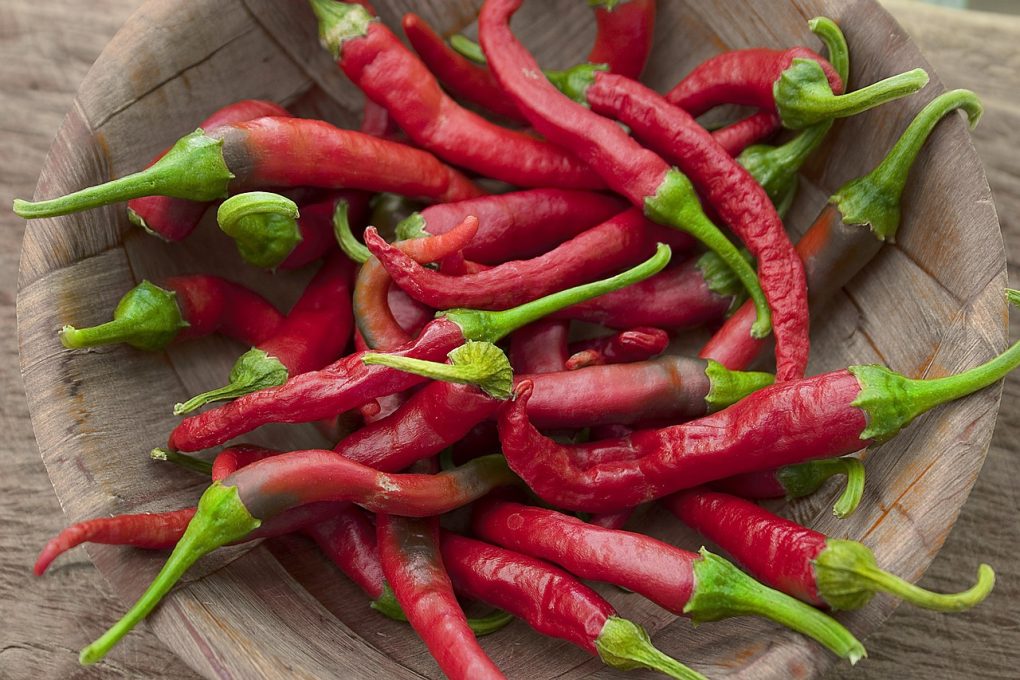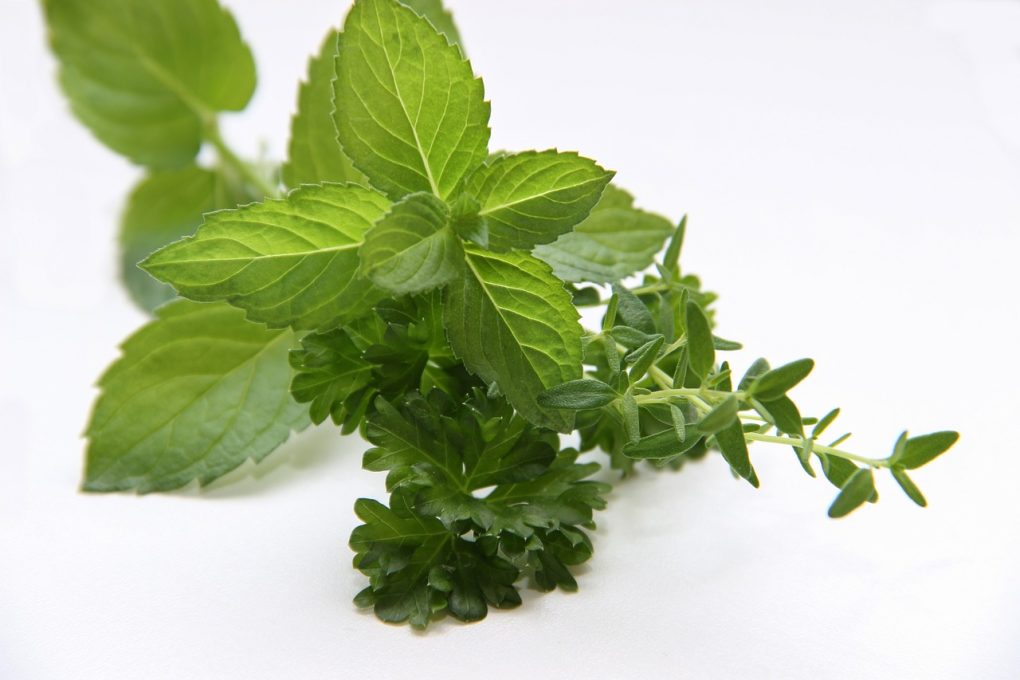
Are you wondering what the difference is between braising and stewing? We will introduce both cooking methods, explain the details about “Braised vs Stewed”, and will cover all the subtopics . Braising and stewing are two popular cooking techniques used in many kitchens around the world, but they produce vastly different results. You can learn how to create delicious dishes using these styles of cooking by following this informative guide.
History : Braised vs Stewed

For centuries, people have been using braising and stewing as traditional cooking techniques to prepare a variety of dishes.
The origins of braising and stewing date back to ancient times. In Europe, these methods were used to prepare hearty stews and soups, while in Asia, they were used to make one-pot dishes.
Braising and stewing involve slowly cooking a food in a liquid so that it absorbs the flavor from the surrounding liquid. This method of cooking also helps tenderize tougher cuts of meat and vegetables, as well as infuse them with complex flavors.
Throughout history, there have been many famous examples of braised and stewed dishes. Coq au vin is a classic French braised dish, and in Italy, stracotto is a perfect example of stewed beef. These dishes have stood the test of time, and their recipes continue to be enjoyed today.
Over the centuries, these techniques have evolved to include a variety of ingredients, seasonings, and cooking techniques. Today, Chefs utilize braising and stewing to create some of the most flavorful and comforting dishes. From classic dishes like coq au vin to modern creations like Korean short rib stew, these techniques provide endless possibilities for chefs around the world.
Science Behind Braising and Stewing
Understanding the science behind these cooking methods can help cooks get the most out of their dishes.
The key to both braising and stewing is the liquid. It helps to create the perfect environment for slow cooking, allowing the food to stew in a flavorful broth over low heat. As the liquid heats up, the proteins, starches, and other compounds in the food start to break down and interact with each other. This creates rich flavors and textures that are unique to these cooking methods.
The result of these chemical reactions is a tender and juicy dish with a full-bodied flavor. The Maillard reaction is one of the most important of these reactions. It gives the dish its golden crust, while also adding sweet and savory flavors. In addition, collagen and gelatin will break down during the cooking process, creating a more moist and tender texture.
By understanding the science behind braising and stewing, cooks can create flavorful and unique dishes with ease. By taking advantage of the chemical reactions that occur during the slow cooking process, cooks can make dishes that are packed with flavor and truly unforgettable.
Different Ingredients: Braised vs Stewed

Braising uses dry heat while stewing uses wet heat to slowly cook ingredients over a low flame. Both methods result in tender, flavorful dishes that can be enjoyed all year round.
When selecting ingredients for braising or stewing, choosing the right cuts of meat or vegetables is essential. For meats, look for cuts that are high in flavor such as chuck, short ribs, oxtails, neck, or shank. When selecting vegetables, opt for sturdier varieties such as root vegetables, mushrooms, and cruciferous vegetables.
Examples of popular braised and stewed dishes include coq au vin, beef bourguignon, and pork carnitas. Vegetarian dishes like ratatouille, creamy white beans, and potato and kale stew are also great options. Whether you’re looking for a classic meal or something new, there’s something for everyone when it comes to braising and stewing.
The Health Benefits of Braising and Stewing

Braising and stewing are two healthy cooking methods that preserve the nutrients of food. Not only do these cooking methods help keep vitamins and minerals intact, they also slow cook the food which aids in digestion. Slow cooking helps break down the fibers of the food, making it easier for the body to absorb the nutrients.
Braising and stewing can be a great part of a healthy diet. The slow cooking process helps release enzymes and preservatives, making the food easier to digest. As a result, the body is better able to absorb the nutrients from the food. Additionally, braising and stewing allow vegetables to retain their flavor and texture, making them more enjoyable to eat.
The health benefits of braising and stewing make them ideal cooking methods for a healthy diet. Not only do they preserve the nutrients in food, they also help break down the fibers of food, making it easier for the body to absorb the nutrients. Furthermore, braising and stewing allow vegetables to retain their flavor and texture, making them more appetizing. For these reasons, braising and stewing can be a beneficial addition to any healthy diet.
Tips for Perfecting Braising and Stewing Techniques
Here are some tips to help you perfect these popular cooking methods for the best results.
To control cooking temperature for optimal results, it is important to adjust the heat appropriately. For braising, use a low heat to slowly simmer the ingredients in a covered pot until the liquid has reduced and the food is tender. For stewing, use medium heat to bring the liquid to a vigorous simmer. Adjust the heat if necessary to maintain the desired level of heat throughout the cooking process.
Seasoning is also key to perfecting braising and stewing recipes. Start by adding a small amount of seasoning when you begin cooking and then taste the dish as it cooks to add more seasoning if needed. When adapting recipes to different cooking methods, keep in mind that braising requires more liquid than stewing. Also, consider adding new ingredients such as herbs, spices, or vegetables to enhance the flavor of your dish.
Braising and Stewing for Different Cuisines

Both cooking methods involve low heat and long cooking times, resulting in tender dishes enjoyed worldwide. Different cultures use braising and stewing differently; here are some popular examples from around the globe.
Asian cultures often opt for braising over stewing for a faster meal. Chinese cuisine is renowned for its braised dishes like red-braised pork, Mandarin-style beef and braised chicken with mushrooms.
In contrast, European cultures often prefer the slow-cooked flavor of stewing. Popular dishes include Italian beef stew, French beef bourguignon and Spanish-style paella. In North American cuisine, braising and stewing are used to great effect to create classic comfort food dishes like pot roast, chili con carne and beef stroganoff.
No matter which culture you’re interested in, there are plenty of delicious braised and stewed dishes to enjoy around the world. If you’d like to incorporate international flavors into your own braising and stewing recipes, why not try experimenting with spices and herbs? Try adding a few tablespoons of smoked paprika to a Spanish-style stew or a dash of Chinese five spice to a traditional French boeuf bourguignon. There are endless possibilities when it comes to creating delicious international flavors in your own kitchen.
Conclusion
In conclusion, stewing and braising are two distinct cooking methods used to make delicious dishes. Stewing involves simmering food in liquid over low heat for an extended period of time, while braising involves browning food in fat before adding a small amount of liquid to finish the cooking process.
While these techniques both produce tender and flavorful foods, each method has its own unique set of benefits. Stewing is best for dishes that contain tougher cuts of meat, while braising is ideal for leaner cuts of meat as well as vegetables and grains.
The key takeaways from this article are that stewing and braising are two different cooking techniques that each have their own advantages. Stewing is great for tougher cuts of meat, while braising is ideal for lean cuts of meat, vegetables, and grains.
We encourage readers to try out these cooking techniques at home to create delicious dishes. Experiment with different types of meat, vegetables, and flavors to find your favorite combination. With a little practice, you can become a master at stewing and braising!





